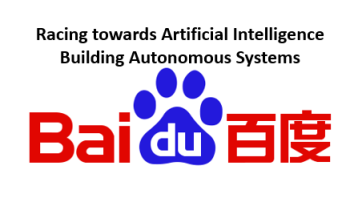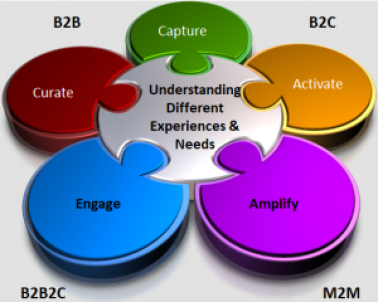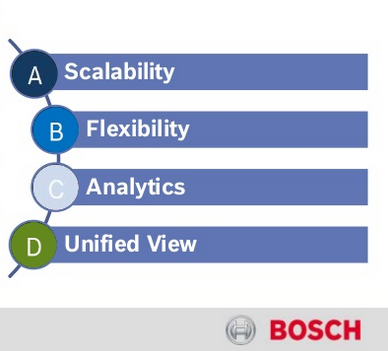In the latest update to its platform, Baidu says partners can access new obstacle perception technology and high-definition maps, among other features.  We are told that the company with the most data will win. To get the real edge it is to have and train algorithms that interpret the intelligence and here you need to understand the value of AI (Artificial Intelligence).
We are told that the company with the most data will win. To get the real edge it is to have and train algorithms that interpret the intelligence and here you need to understand the value of AI (Artificial Intelligence).
Now there is a significant “buzz” on AI at present but where it is really taking off is in China and one company needs to be followed is Baidu.
How Baidu is going about this is to build ecosystems that commercialize AI technology and then attract this ecosystem of partners and developers to accelerate AI into actionable knowledge.
Then we see the Autonomous Platform emerging……
Just released a further update
Chinese search engine giant Baidu is to spend 10bn yuan (£1.1bn; $1.5bn) on new driverless car projects over the next three years. The “Apollo Fund” will invest in 100 autonomous driving projects over the next three years, Baidu said in a statement.. The move is an attempt to catch up with US rivals by enlisting outside help.It now has 70 partners across several fields in the auto industry, up from 50 in July, it says
The launch of Baidu’s “Apollo Fund” coincides with the release of Apollo 1.5, the latest version of its open-source autonomous vehicle software. In the latest update to its platform, Baidu says partners can access new obstacle perception technology and high-definition maps, among other features”.
 Many innovators are familiar with the concept of the
Many innovators are familiar with the concept of the  There are significant differences between the ecosystems we might consider. Let’s reflect a little here, some recap and explore some further thoughts.
There are significant differences between the ecosystems we might consider. Let’s reflect a little here, some recap and explore some further thoughts. In case you were hibernating or out of range of cell cover or WiFi during the last few days, you know that Amazon has made an offer to acquire Whole Foods.
In case you were hibernating or out of range of cell cover or WiFi during the last few days, you know that Amazon has made an offer to acquire Whole Foods.



 So what is the difference between a fog and a cloud? Well, actually bandwidth is part of the answer and where data needs to be situated.
So what is the difference between a fog and a cloud? Well, actually bandwidth is part of the answer and where data needs to be situated. Bosch takes connected devices, open platforms, and interoperability for IoT solutions to drive your business, built from their own deployed experiences. They are focusing on knowledgeable development & deployment to provide a single integrated set of ‘connecting’ solutions.
Bosch takes connected devices, open platforms, and interoperability for IoT solutions to drive your business, built from their own deployed experiences. They are focusing on knowledgeable development & deployment to provide a single integrated set of ‘connecting’ solutions.